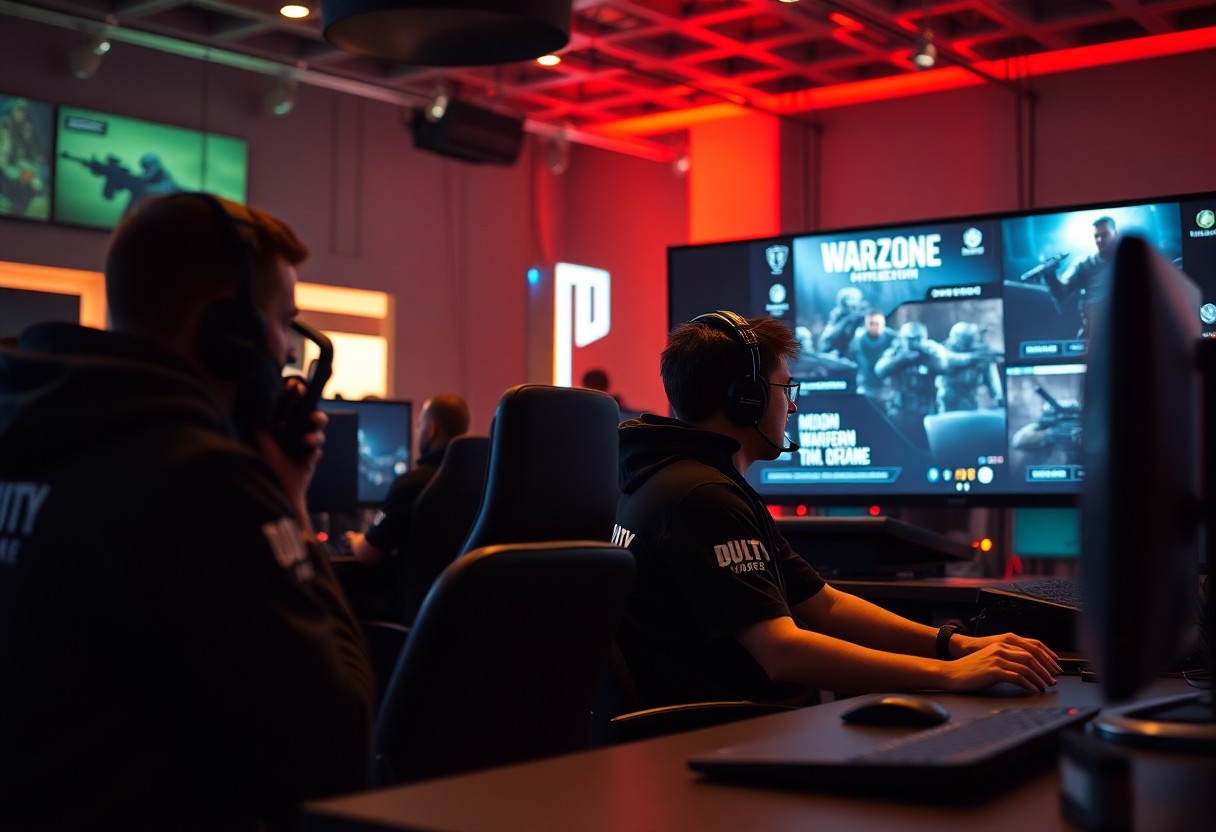Esports has transformed the way players approach competitive gaming, and nowhere is this more evident than in the contrasting strategies seen in Call of Duty: Modern Warfare III (MWIII) and Warzone. Each title requires unique gameplay approaches and team dynamics, influenced by their differing objectives, environments, and game mechanics.
Modern Warfare III is built around traditional multiplayer modes, which include objectives such as capturing flags, securing zones, and team deathmatches. The focus here is often on direct combat skills, map control, and player synergy in tactical settings. Players tend to adopt set loadouts suited for specific combat styles, such as sniping from distances, rushing into close-quarters with shotguns, or utilizing versatile assault rifles for medium-range engagements. Strategies often rotate around team composition and coordination, ensuring that roles are well-defined. These roles may include support players who focus on providing cover fire, objective players who push forward to complete missions, and snipers who secure vantage points over the battlefield.
In contrast, Call of Duty: Warzone epitomizes the battle royale format, where up to 150 players drop into an expansive map filled with varying terrains and structures. This mode injects a sense of unpredictability and requires teams to adapt their strategies on-the-fly. The focus here shifts from simply outgunning opponents to resource management and survival tactics. Players must strategically loot weapons, armor, and other resources while being mindful of the ever-shrinking play area. Positioning becomes paramount, with high ground and cover playing pivotal roles in skirmishes.
In Warzone, communication and teamwork encapsulate the essence of success. Unlike MWIII, where matches may be won by mechanical skill and individualized tactics, Warzone emphasizes the importance of teamwork. Players need to share resources effectively, call out enemy locations, and coordinate movement to ensure their survival. Additionally, the comeback mechanics in Warzone through the Gulag introduce unpredictable elements, encouraging players to stay versatile and adaptable in their approaches. Teams must be ready to evolve their tactics based on the dynamics of encounters, rather than relying solely on set strategies.
Furthermore, the pacing and structure of matches in both games differ significantly. MWIII match times are relatively quick, allowing for a more aggressive playstyle, where players can respawn and regroup frequently. Meanwhile, Warzone engages players in longer, drawn-out skirmishes where strategies and resource availability can shift over time. This extended gameplay influences how teams approach engagements, from early-game looting to end-game positioning and combat strategy.
As a final point, while both CoD MWIII and Warzone belong to the same franchise, they foster distinctly different esports strategies. MWIII emphasizes direct combat, team coordination, and short-term objectives, while Warzone promotes resourcefulness, adaptability, and survival in a dynamic environment. Understanding these strategic nuances is vital for players and teams aspiring to excel in their competitive endeavors within Call of Duty.






